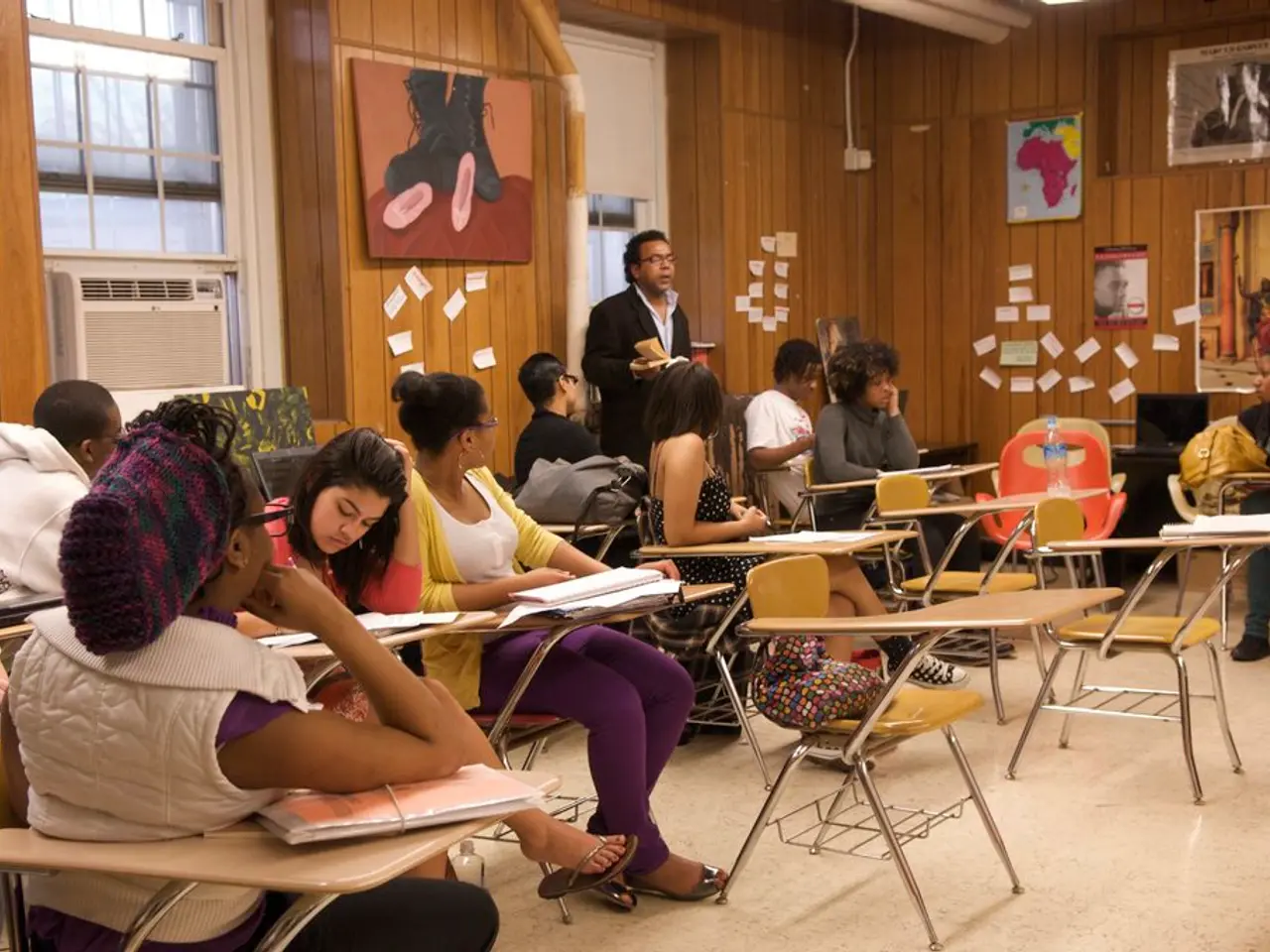Emergence of Local Social Influencers: The Way they are Captivating India's Youth Market
In the rapidly evolving world of digital marketing, regional micro-influencers are making a significant impact in India. These influencers, who specialise in creating content tailored to specific regions and cultures, are reshaping the industry by fostering localised, authentic engagement.
The rise of regional micro-influencers is a reflection of India's rich cultural diversity and the changing dynamics of digital influence. Brands are beginning to realise that hyperlocal authenticity trumps follower count. These influencers often act as a bridge between tradition and change, promoting modern products, tools, and lifestyle choices to young people in villages.
Higher Engagement and Trust
Regional micro-influencers generate stronger engagement rates, often higher than macro influencers, because their audiences perceive them as peers and authentic sources rather than traditional advertisements. This leads to more genuine connections and real-world business impact, such as increased retail footfall and brand recall.
Regional Language Preference
With over 72% of Indian internet users preferring content in regional languages, influencers producing vernacular content resonate better with local audiences, especially in Tier 2 and Tier 3 cities where internet penetration is rapidly growing.
Hyperlocal and Cultural Relevance
India's linguistic and cultural diversity demands localised storytelling; regional micro-influencers are uniquely positioned to tailor messages that reflect the cultural nuances of their audiences. This localization supports the government’s digital inclusivity initiatives like Digital India and BharatNet.
Platform Fluency and Short-Form Content
These influencers excel at creating platform-native short-form content, which dominates user attention, particularly among Gen Z, boosting content virality and interactivity without requiring big production budgets.
Cost Efficiency
Partnering with multiple regional micro-influencers is more economical than working with macro influencers, enabling brands to cover a diverse set of regional audiences effectively within fragmented markets.
Ecosystem Building
Brands are increasingly investing in long-term relationships with regional creators, viewing them as strategic marketing partners rather than one-off campaign assets, which helps deepen cultural resonance and drives intent-driven metrics like shares, saves, and quality engagement.
In sum, regional micro-influencers are reshaping India's digital marketing by fostering localised, authentic engagement that respects linguistic diversity and evolving consumer preferences, making them a critical component for brands navigating the country’s broad digital ecosystem.
Real-life Examples
In 2023, Swiggy partnered with over 300 regional influencers during its food festival campaign, resulting in a 40% increase in regional app downloads within two weeks. Startups like EduAssam, an Assamese e-learning platform, have seen a 3x increase in sign-ups from the region by working with regional micro educators.
Companies like Amazon, Zomato, and Dabur have launched campaigns featuring creators from diverse linguistic backgrounds speaking in their native tongues. Larissa D'Sa, a popular Goan travel and lifestyle influencer with over 800K followers on Instagram, is known for blending aesthetic visuals with local culture, sustainability, and storytelling.
The Future of Regional Micro-Influencers
The trend of regional micro-influencers is expected to grow stronger as India digitizes, with content creation no longer limited to metros. Geographically targeted marketing with regional micro-influencers allows brands to maximise their ROI.
In a country where every 100 km brings a new dialect, dish, or dance form, partnering with regional micro-influencers offers a way for brands to connect, not just communicate. These influencers provide an opportunity for brands to build meaningful relationships with their audiences, fostering trust and loyalty that can lead to long-term success.
- Brands are realising that hyperlocal authenticity, such as that provided by regional micro-influencers, is more impactful than a large follower count.
- Influencers who create content in regional languages often generate stronger engagement rates, especially in cities with growing internet penetration like Tier 2 and Tier 3 cities.
- By tailoring messages to reflect cultural nuances, regional micro-influencers support government initiatives like Digital India and BharatNet.
- These influencers specialize in creating platform-native short-form content, which boosts content virality among Gen Z audiences without requiring large production budgets.
- Partnering with multiple regional micro-influencers is more cost-effective than working with macro influencers, allowing brands to reach a diverse set of regional audiences within fragmented markets.




